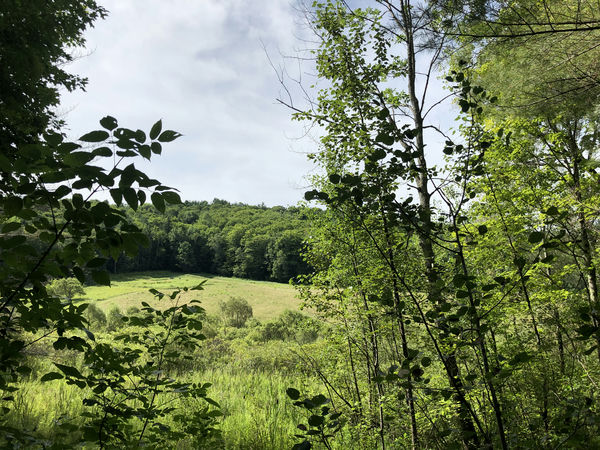
Contact the coordinator at VT-coord@neara.org
“In the summer of 1974 Byron Dix discovered, in the steep, green hills of central Vermont, the first of many places in New England that we believe were ancient ritual sites. Discovery, the most exciting part of science, is also the least understood and cannot be explained by its rules. It is invariably the unrepeatable experiment. Byron can describe some of the circumstances surrounding his discovery but not why it came about. He was looking for one of the three stone chambers said to be in the area, but he was not sure of its location and his path was a wandering one.”
(Opening of Chapter One of "Manitou: The Sacred Landscape of New England's Native Civilization" by James Mavor and Byron Dix.)

NEARA has a long history in the Green Mountain State. Mavor and Dix's groundbreaking work on New England's ritual landscapes MANITOU begins in the bowl-shaped valley in southern Vermont they'd come to call Calendar One, where we still find those ancient stone chambers. Calendar Two, another stone chamber studied by Mavor and Dix, can also be found in the southern part of the state. Legendary NEARA Researcher Norman Muller documented Indigenous Stonework in Central Vermont, among other sites. And the Champlain Valley, the Green Mountains, and Northern Vermont have seen their share of investigations as well.
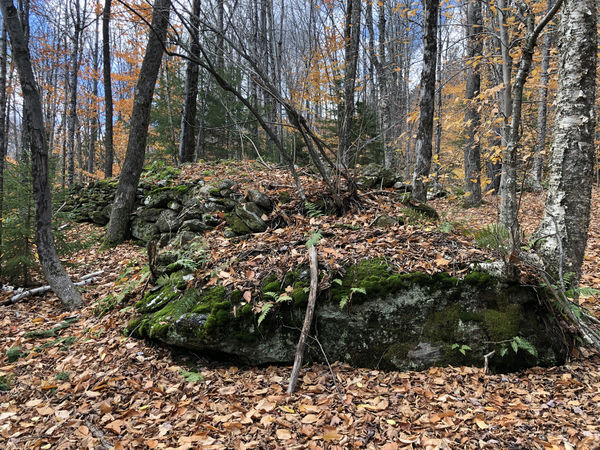
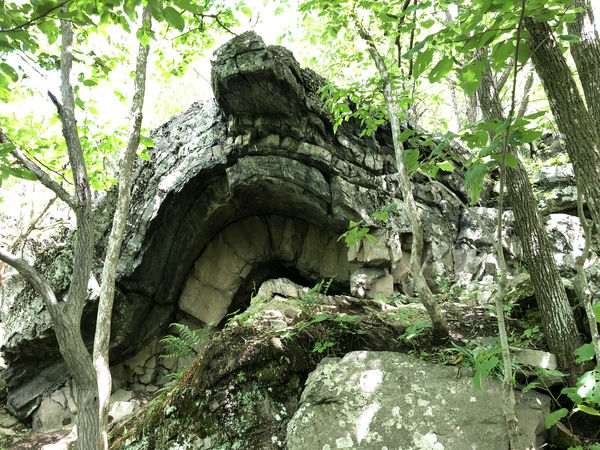
People have lived in Vermont since at least the end of the Ice Age, 13,000 years ago. Paleoindian camp sites have been found along what would have once been the shores of the Champlain Sea, a salt-water sea for a time connected to the Atlantic Ocean which – when cut off – shrank and became Lake Champlain – about 10,000 years ago. On the eastern side of the state the Connecticut River Valley was once filled by Lake Hitchcock, with nearby Keene, New Hampshire offering evidence of Paleoindian habitation dating back 13,000 years. Hitchcock drained as well. Indigenous stories tell of a giant Beaver whose tail blocked Lake Hitchcock until forced to move, and also share tales of a giant being, Odzihozo carving out mountains and rivers like the receding ice sheets around Champlain.
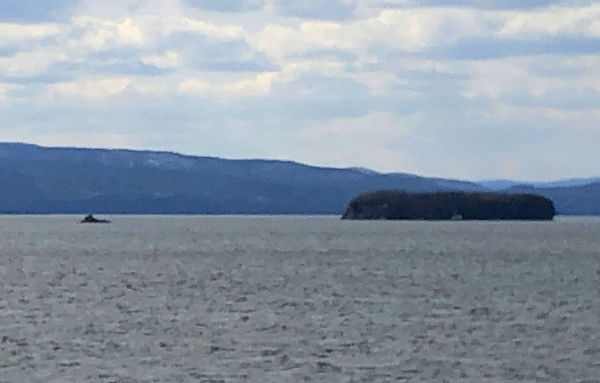
The Indigenous people of this area, the Western Abenaki, call their home N'dakinna, and have been here since time immemorial. The State of Vermont currently recognizes four Abenaki Tribes: The Elnu Abenaki Tribe, The Koasek Traditional Band of the Koas Abenaki Nation, The Nulhegan Band of the Coosuk Abenaki Nation, and The St. Francis-Sokoki Band of the Abenaki Nation of Missisquoi. There are also ancestral lands of the Stockbridge-Munsee Band of Mohican Indians in the southern part of the state.
The 14th State has seen some landmark investigations into enigmatic stone sites in New England, and Vermont NEARA members continue to investigate, discover, and attempt to preserve, remnants of the distant past.
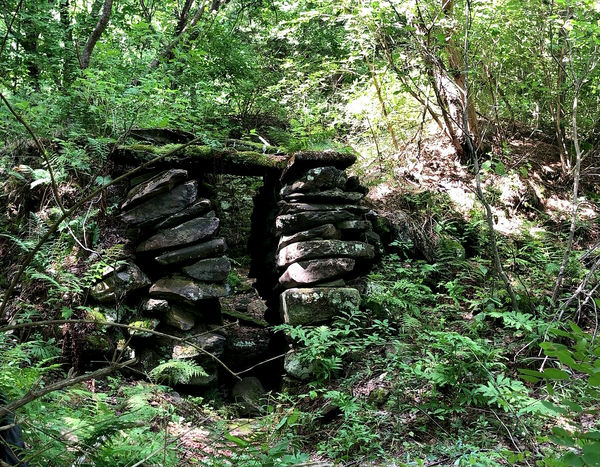
Featured prominently in MANITOU, Calendar One is actually the name given by authors Mavor and Dix to the entire valley. But people often refer to the roofless stone chamber in Calendar One as Calendar One itself. Several other chambers are in the vicinity. Mavor and Dix also identified rock formations on the surrounding ridges which could have been used for astronomical sightings and observations. NEARA Vermont State Chapter Coordinator Suzen Blackstone has been in contact with the Vermont Land Trust, which has acquired the land the Calendar One Stone Chamber sits upon, about preservation efforts for this beautiful, ancient stone structure.
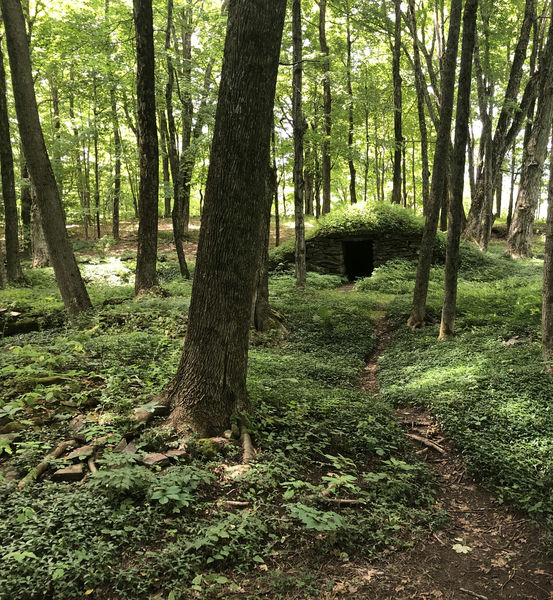
Calendar Two is known for its winter solstice alignment and is still being actively studied by NEARA Members. This stone structure currently sits on private property.
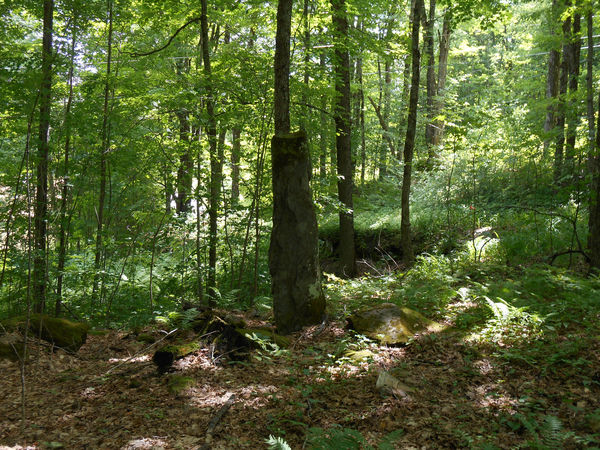
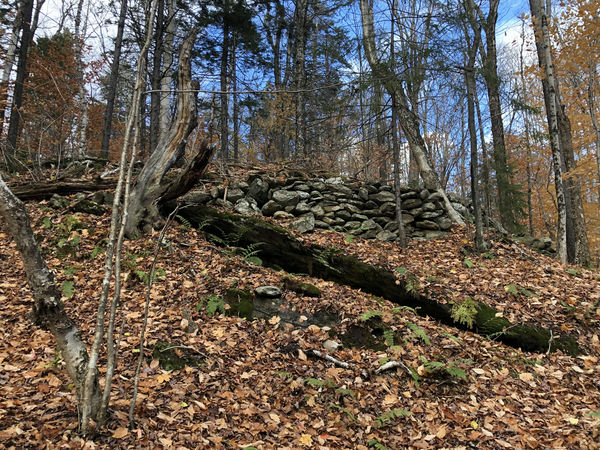
Norman Muller's work on a Vermont Farm using historical documentation showed that the stone cairns and stone rows there were likely of indigenous origin and not the work of later settlers, as you can read in his reports here at: Norman Muller articles
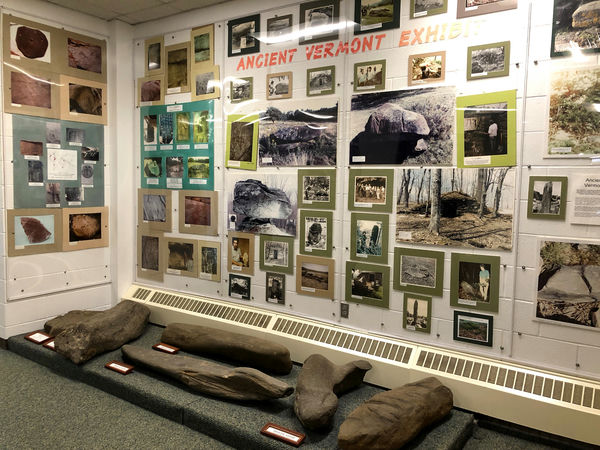
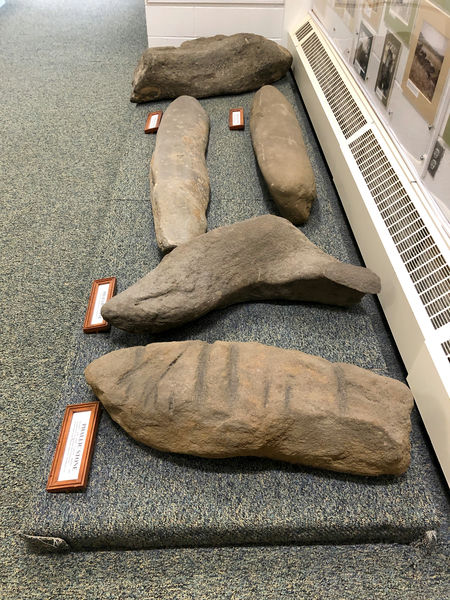
Vermont was the center of interest in 1977 when Professor Warren L Cook and the Ancient Vermont Conference brought antiquarian researchers together at Castleton State College, now Castleton University, to discuss stonework as evidence of pre-Columbian Celtic and other European Explorers in Vermont prior to Contact, even as some participants were starting to consider the possibility of the stone structures being Indigenous work. An old Ancient Vermont Exhibit remained preserved at the library at Castleton for years, as the reverberations from that conference echoed down through the decades.
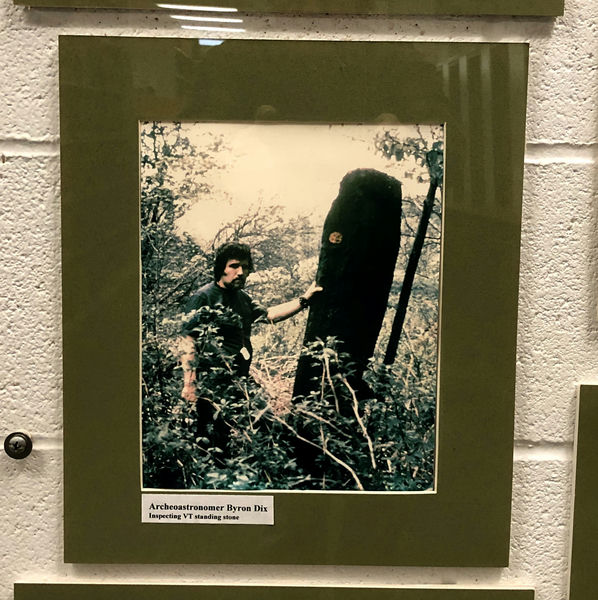
In 2022 NEARA Member Mike Luoma created this video on the Ancient Vermont exhibit:
Clifford, Ernest S., Equinox Sunset Viewing Complex, NEARA Journal Vol. 33-2 1999
Clifford, Ernest S., Report of a Lithic Site in Rochester, Vermont NEARA Journal Vol. 31-2 1999